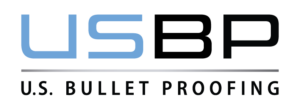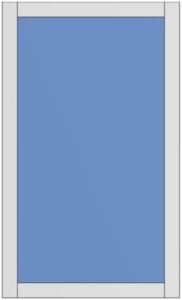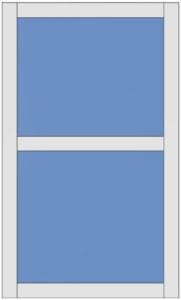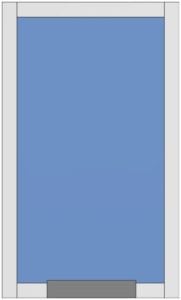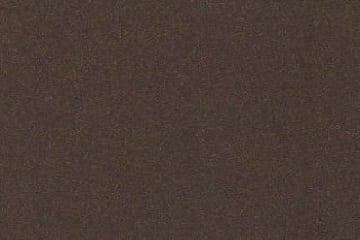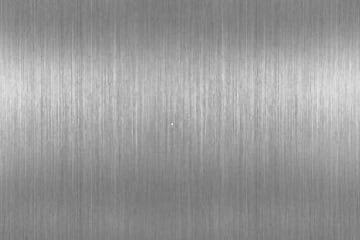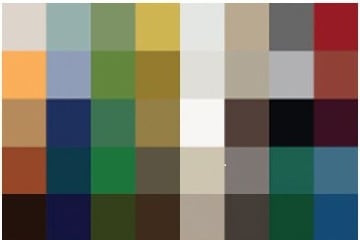High-Impact Window
USAW 800 High Impact Bullet Resistant Window System
The USAW 800 Window Series offers the highest level of ballistic and blast protection available and is tested to meet the Department of State’s (DOS) 5 and 15-minute Forced Entry Requirements. These ballistic and blast windows offer an improved, fully thermally broken frame design ideal for high security or Department of State (DOS) applications to offer superior protection without compromising energy conservation. The unit is available as a single lite or multi lite fixed window and is shipped glazed and factory assembled.
Along with the USAW 300 and USAW 400 series, this high-impact window series makes up some of the most sophisticated solutions for protecting properties and people found anywhere. These bullet-resistant windows feature high-impact glass that also provides security against explosions and forced entry.
We’re one of the few manufacturers serving this market offering an energy-efficient solution with these thermally broken windows. This means our high-security windows not only offer protection from external threats with blast-proof glass, but also contribute to lower utility bills and a smaller ecological footprint for your building.
U.S. Bullet Proofing takes pride in the attention to detail we put into every one of our blast-resistant windows and other products. We have earned a strong reputation for delivering the highest levels of quality and safety for a wide range of customers including embassies, government offices, schools and banks.
